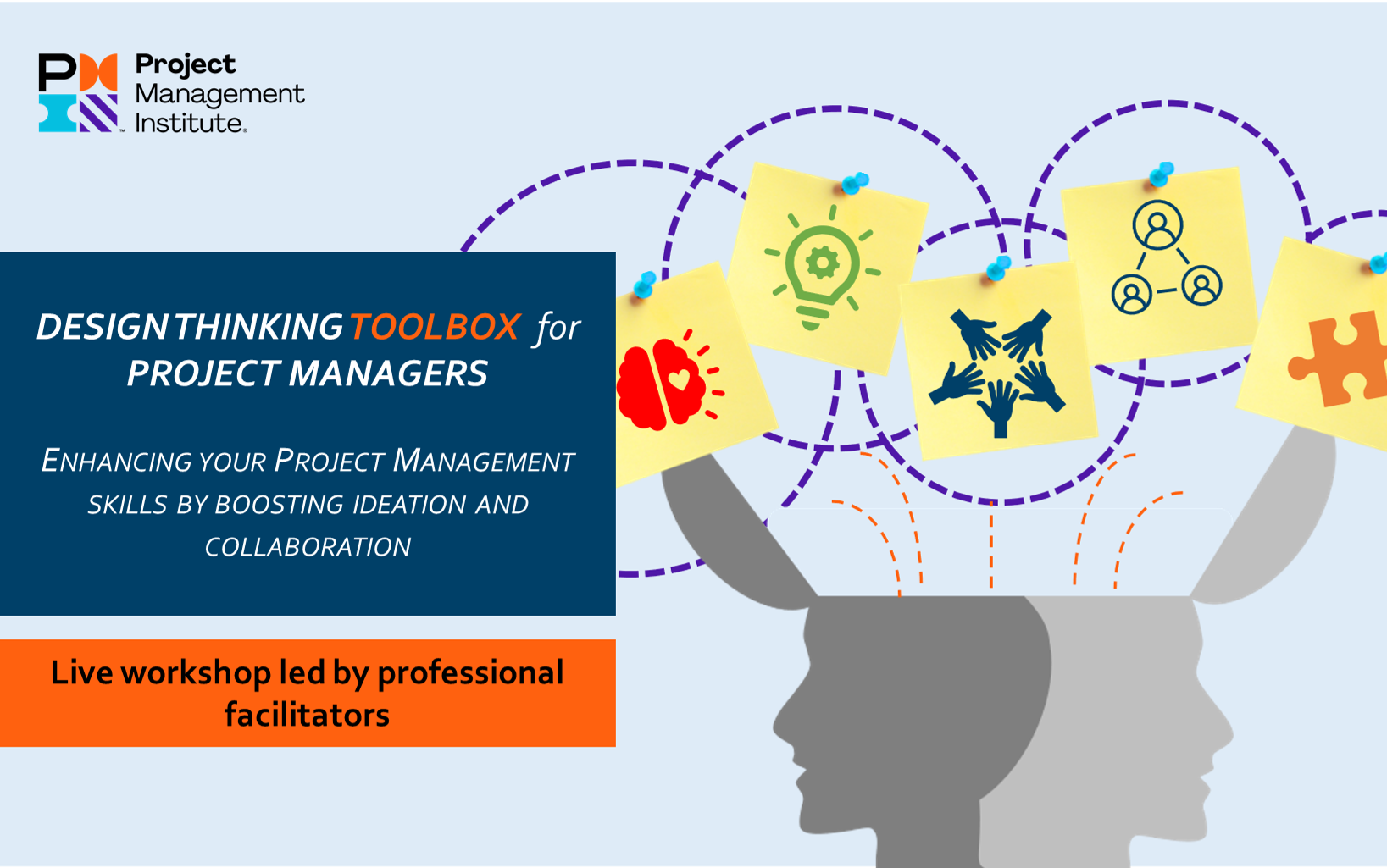Author: Eric Jelenje, PMP

Information is Power, so the old adage goes.
The PMI Switzerland Chapter website is a vital source of information and creates opportunities for members and non-members across and beyond Switzerland, and critical to the Chapter’s communications and stakeholder engagement efforts.
An extension to the Chapter Website is the 2022 PM Conference website, through which users can access speaker profiles, the conference agenda and information about registering for the Conference. Keeping both websites functional is a mammoth effort that demands commitment, technological savviness, and a lot of behind-the-scenes work that we rarely get to see.
I caught up with the Website Team of Philippe Soupart and Danh Nguyen to get their perspectives on the challenges of website administration in the modern age, their experiences as volunteers, and, moving forward, what’s in store for users of both websites.
1. Philippe and Danh, it is a pleasure to speak to you. Tell us about your respective backgrounds and your work as PMI Switzerland Chapter Volunteers.
Phil: I am a Telecom expert. I passed my PMP in 2015 and joined the Chapter in the Technology group a few months after becoming a member and participating in some events. I started by helping people with the new Email service for the volunteers and took more responsibility, eventually becoming VP Operations.
Now I am in charge of three teams (PMO, Office and Technology) but as I started administering the website from day 1 of the new design, I continue to work a lot on it.
Danh: I’m a Mechanical Engineer but I have always had an interest in IT. I joined the PMI Switzerland Chapter many years ago, but in various different guises. I first volunteered on the Zurich Events team and have, for the past three years, supported the organising of the PM Conference. Currently, managing the PM Conference website is my main focus.
2. You have highlighted your website management responsibilities. What is a typical day like for you?
Phil: My day has no fixed time. I’m working nearly all the time in front of two big 32” screens and I can switch easily from my main work to the PMI environment. As my work is flexible and the switch can be done in a second, I can answer a Slack or Email message quickly and go back to my work. It is a great advantage for PMI but also for my employer as it goes in both directions.
Danh: A typical day is my job! As a volunteer, I have been mainly dedicating some time in the evenings when I have availability to tend to the website. The needs are driven by various stakeholders related to the PM Conference so a lot of the work is during the initialisation and startup phases leading up to the conference, to make all the necessary information available to prospective attendees. As the PM Conference is quite an important event in the PMI Switzerland chapter calendar, it has its own “website” within the PMI Switzerland website
3. For how long has the Chapter website been operational? How has the website itself evolved to what it is now?
Phil: When I joined PMI, the website had articles but not every possible feature was exploited.
We have worked on a component to present our events in a nicer way, with actions such as registrations, reminders and certificate issuances done automatically.
Then we upgraded the Event notifications service and the Newsletter system. The strategy is to have components doing the work on our website platform to centralize the information, to protect, and to use automation to minimize the work. An example is the automated email facility for welcoming new members.
Last year we implemented the payment by credit card and, lately, we refreshed the Job Opportunity notification service.
I am proud that, as PMI Switzerland, we are one of the chapters with the greatest amount of services and features for users on our website.
4. Cybersecurity and content management are some of the most commonly-cited challenges with managing a website. What are the challenges you experience as a team and how have you dealt with them?
Phil: Cybersecurity is one of the biggest topics of the last two years for every company and PMI Switzerland is also following the trend. The Operations department is following our new projects and implementations to ensure that we do everything to protect our data. General Data Protection Regulation (GDPR) is one of the challenges but we have to be vigilant on every threat and it is a daily work to monitor, correct and patch the systems we have.
Danh: Since the PM Conference site resides within the PMI Switzerland website, all the policies, implementation and rules are inherited from the main website. This means that fortunately for me, as long as the main website is robust, the PM Conference site is also robust!
5. The COVID-19 pandemic heralded a greater reliance on virtual working and collaboration. How has the pandemic impacted your work as a team and with others?
Phil: For the Technology, PMO and Office teams, we were not impacted as we were already used to working exclusively online. We had some additional work to acquire Zoom licenses for our events online and it took some time for users to familiarise themselves with using the platform; “You are on mute” was the sentence we were sure to hear multiple times during a meeting!
Danh: The first PM conference I supported was very challenging. Not only did the conference itself get canceled, reinstated, and then postponed, we had to navigate the constantly changing pandemic landscape. Fortunately, the online conferencing, collaboration and other tools we use helped ensure that our work was not too heavily impacted. We had to adapt of course, but were still able to deliver a very successful conference.
6. The World Wide Web has grown exponentially since its inception 40 years ago. As user numbers skyrocket and technologies advance, how do you see the Chapter website in the short to long-term?
Phil: For the next few years I do not see a lot of changes. With the global trend towards a greater use of mobile phones for accessing online content, our website was designed to be ready to be mobile-friendly. Currently, 29% of our website serves mobiles.
In the long term we see some changes on the way people will connect to the website as I expect PMI members to be able to roam to other chapters at no additional costs. Maybe this is a dream, but anything is possible!
7. The 2022 PMI Switzerland Project Management Conference’s central theme is Innovation in Project Management. What innovations on both websites can users expect to see in the coming months and beyond?
Danh: We are consistently trying to improve the user experience, whether it’s for the main Chapter website or the Conference website. Phil has been doing excellent work in this area, trying to make sure we have the tools available to deliver the information the user seeks in the most effective way. As Phil already mentioned, there is a natural shift away from browsing websites on a traditional computer which we need to accommodate. A lot of the innovation really happens on the back end to make this happen.
Phil: Beside the technology, a lot of time is and will be spent verifying the consistency of the information displayed on the website, given by Email and propagated on social media. In the coming months, we will try to ease the discount proposition for students and unemployed members.
We are working on added functionality for the Events List page, including an event search filter. We will also display the courses run by certification Training partners.
Special thanks to Phil and Danh for their volunteer work for PMI Switzerland Chapter and for sharing their thoughts and insights with us.
Philippe Soupart and Danh Nguyen



